#De Lucchi
Text
A Japanese commercial featuring four designers from Memphis Milano, namely Ettore Sottssas, Andrea Branzi, Michele De Lucchi and George Sowden for Seibu, a chain of department stores.
Another tidbit, the music for the commercial was composed by Haroumi Hosono of YMO.
#memphis milano#ettore sottsass#andrea branzi#michele de lucchi#george sowden#postmodernism#postmodern design#retro design#80s design#cm japan#haroumi hosono#videos
186 notes
·
View notes
Photo


From: Ettore Sottsass, Un po' di attenzione, Drawing by Michele De Lucchi, Edizione 5306, @edizionipulcinoelefante, Osnago (LC), 2003, Edition of 99
(via Roberto Bernasconi)
#graphic design#typography#art#poetry#book#ettore sottsass#michele de lucchi#roberto bernasconi#edizioni pulcinoelefante#2000s
108 notes
·
View notes
Photo

The Plissé kettle by Michele de Lucchi for Alessi.
Source: designboom.com
37 notes
·
View notes
Photo

Lampe Tolomeo - Michele de Lucchi (né en 1951) & Giancarlo Fassina (1935-2019) - édition Artemide, Italie - The international DESIGN yearbook 1987-88.
20 notes
·
View notes
Text
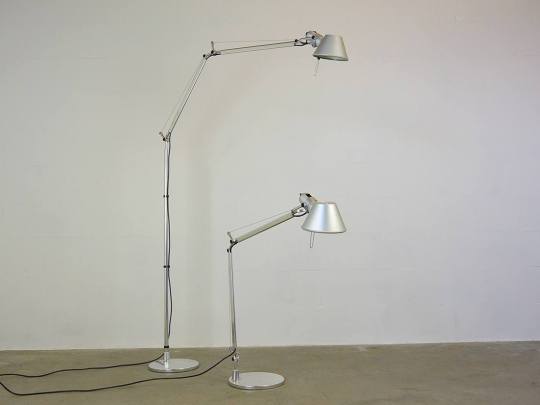
The classic Tolomeo lamp, created for Artemide in 1987 by Michele De Lucchi and Giancarlo Fassina.
3 notes
·
View notes
Photo
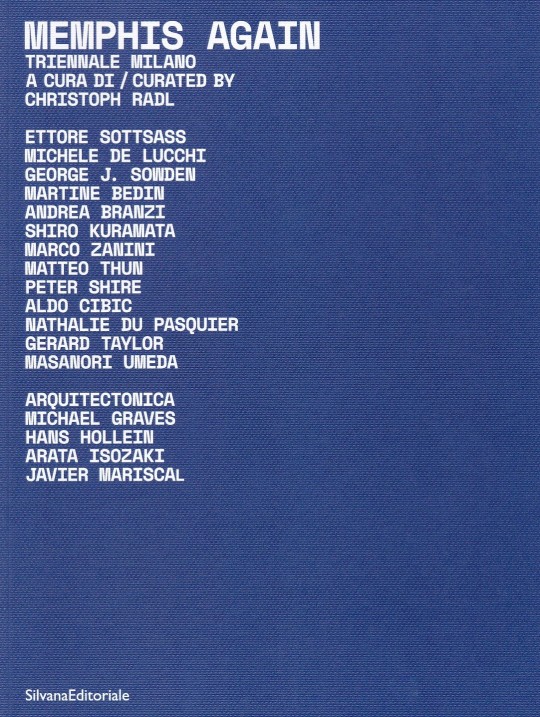
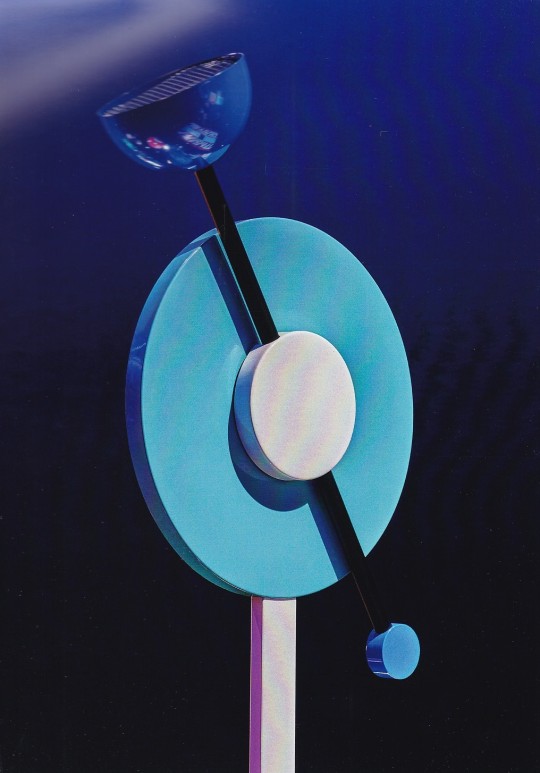


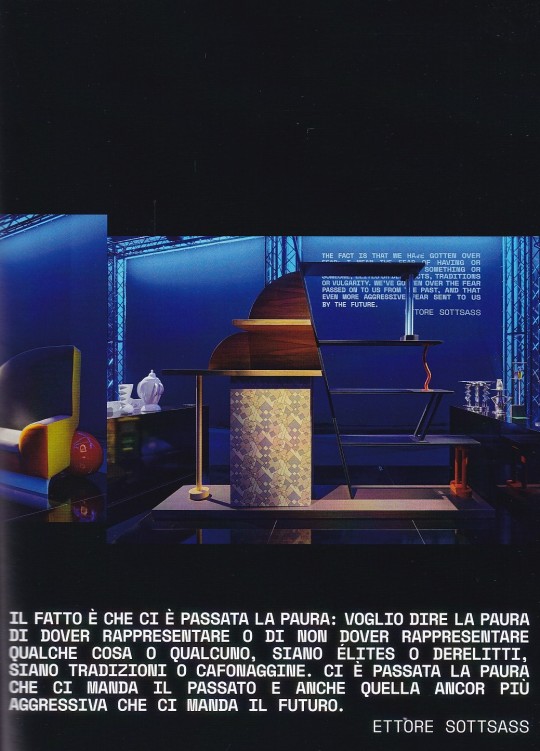





Memphis Again
Triennale Milano
a cura di / curated by Christoph Radl
Silvana Editoriale, Cinisello Balsamo 2022, 64 pagine, 60 ill., Brossura, Italiano/Inglese, 19 x 25 cm, ISBN 9788836652716
euro 22,00
email if you want to buy [email protected]
Milano, Triennale dal 17 Maggio al 12 Giugno 2022
Il volume accompagna la mostra omonima, in cui vengono presentati oltre duecento tra mobili e oggetti realizzati tra il 1981 e il 1986 per la collezione Memphis. Memphis è stato un collettivo italiano di design e architettura fondato da Ettore Sottsass, attivo tra il 1981 e il 1988 e affermatosi come uno dei massimi esponenti della scena postmodernista degli anni 80 del XX secolo. La fondazione del collettivo fu il risultato di un lungo percorso iniziato all’Olivetti di Ivrea, dove Ettore Sottsass aveva incominciato a coordinare la progettazione alla fine anni cinquanta, e proseguito e approfondito con le ricerche nell’ambito dell’architettura radicale negli anni sessanta e settanta a Firenze e in Europa. Ma la visione di Memphis era propositiva. Aggirava le posizioni critiche della poetica radicale che aveva funzionato da incubatrice per le nuove proposte confermando in modo esplicito un desiderio di cambiamento e aggiornamento del linguaggio non solo milanese ma internazionale.
designers : Ettore Sottsass, Michele De Lucchi, George J. Sowden, Martine Bedin, Andrea Branzi, Shiro Kuramata, Marco Zanini, Matteo Thun, Peter Shire, Aldo Cibic, Nathalie du Pasquier, Gerard Taylor, Masanori Umeda, Arquitectonica, Michael Graves, Hans Hollein, Arata Isozaki, Javier Mariscal.
21/07/22
orders to: [email protected]
ordini a: [email protected]
twitter: @fashionbooksmi
instagram: fashionbooksmilano, designbooksmilano tumblr: fashionbooksmilano, designbooksmilano
#Memphis#Ettore Sottsass#design exhibition catalogue#Triennale Milano 2022#Michele De Lucchi#Nathalie Du Pasquier#Aldo Cibic#design booksmilano#fashionbooksmilano
16 notes
·
View notes
Text
Firenze / La storia della formazione medico-chirurgica nei codici e negli antichi libri della Biblioteca Laurenziana
Firenze / La storia della formazione medico-chirurgica nei codici e negli antichi libri della Biblioteca Laurenziana
Redazione
“Edocēre medicos. Storia della formazione medico-chirurgica a Firenze” è il titolo della mostra ospitata dalla Biblioteca Medicea Laurenziana per il centenario dell’Ateneo fiorentino e a cento anni dall’ingresso dei primi pazienti nell’Ospedale di Careggi. È stata realizzata dal Sistema Bibliotecario di Ateneo, con la Scuola di Scienze della salute umana e i suoi Dipartimenti, insieme…
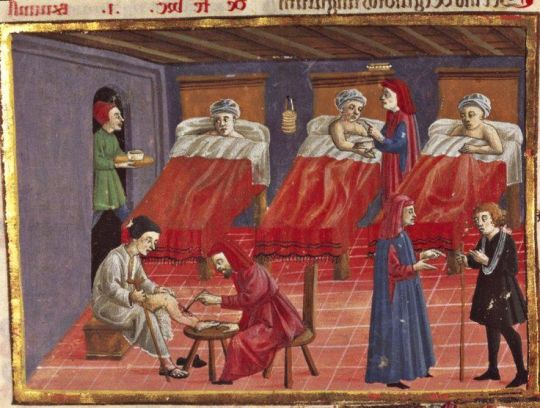
View On WordPress
#Biblioteca Biomedica dell&039;Università di Firenze#Biblioteca Medicea Laurenziana#Biblioteca Medicea Laurenziana di Firenze#codici#codici manoscritti#codici miniati#Donatella Lippi#firenze#Francesca Gallori#Giulio Chiarugi#manoscritti#medicina#mostre#Museo Galileo#Simona De Lucchi#storia della medicina#Università di Firenze
0 notes
Text





La lunga e fortunata storia della Tolomeo nasce nel 1987 da un'idea di Michele De Lucchi e Giancarlo Fassina per Artemide: di ispirazione sono state le tanto note lampade a molla e le canne da pesca dei pescatori, che tramite tiranti e snodi hanno dato vita a un oggetto perfetto, dalla struttura solida e in perfetto equilibrio.
Si è detto praticamente tutto della Tolomeo che nel corso degli anni e divenuta una nutrita famiglia di lampade con una collezione quasi infinita di soluzioni per adattarsi a qualsiasi esigenza e gusto: da parete, da terra, da sospensione, esterno. Oggi ti presento la versione Maxi 🤩
Ricordati di aggiungere al tuo carrello HAPPYSTORE codice di extra sconto per festeggiare i nostri primi 13 anni! 🎉
La Casa comincia dalla Luce.
#stillucestore#happystore#michele de lucchi#Giancarlo fassina#artemide lighting#artemide#artemidelamp#Artemide tolomeo
1 note
·
View note
Text

TOLOMEO MICRO
0 notes
Photo
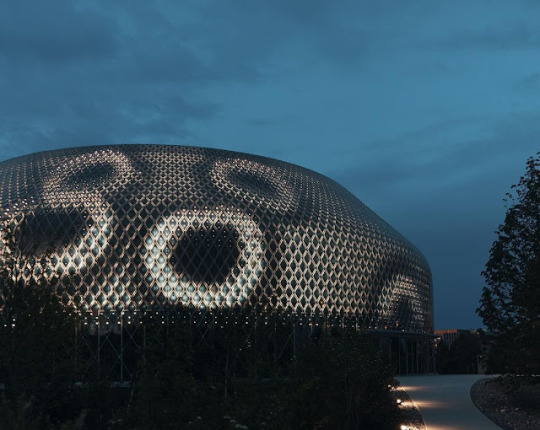
Desde Blog Arte Plus: Pabellón circular de Novartis con fachada interactiva.
[ Acceder ]
#pabellón#pavillon#novartis#suiza#multimedia#interactivo#AMDL circle#michele de lucchi#basilea#iart#fachada#facade#fotovoltaica#membrana#interactive facade
1 note
·
View note
Photo

Ettore Sottsass. Tornano sempre le primavere, no? [Spring always comes round again, doesn't it?], Portraits by Giuseppe Varchetta, Texts by Marco Belpoliti, Hans Ulrich Obrist, and Michele De Lucchi, Johan & Levi Editore, Monza, 2013
#graphic design#art#design#architecture#photography#catalogue#catalog#cover#ettore sottsass#giuseppe varchetta#marco belpoliti#hans ulrich obrist#michele de lucchi#johan & levi editore#2010s
39 notes
·
View notes
Photo

Alessi Design - Pulcina Induction Coffee maker - designer Michele de Lucchi – Salts Mill Shop.
45 notes
·
View notes
Photo
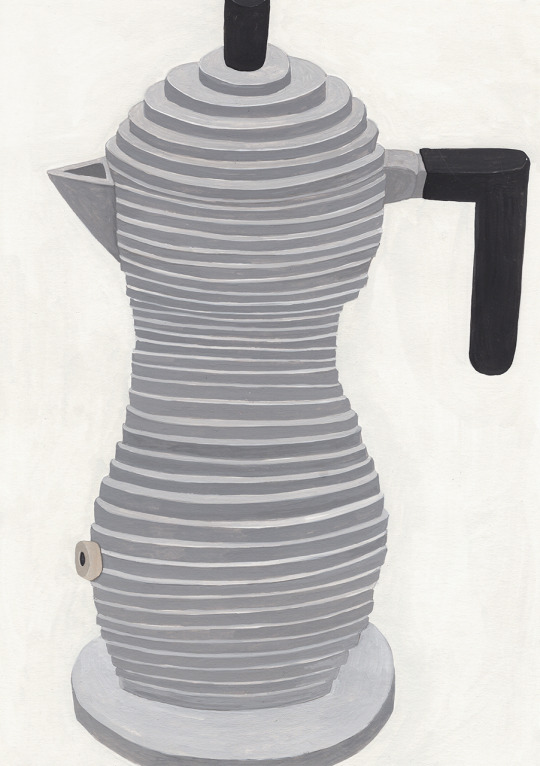
Objects: Alessi Pulcina coffee maker by Michele de Lucchi art by SainteMaria
#contemporary art#contemporary drawing#contemporarypainting#alessi#coffee#design#Object Design#coffee maker#Illustration#food illustration#art#female artists#artists on tumblr#tumblr radar#alessi pulcina#Editorial Design#editorial illustration
37 notes
·
View notes
Text
'In the tower-studded London of the wavering capital, a false alarm brings together the only two tenants of a modern building. Their encounters in their homes evolve into entire days spent together, followed by the longing to venture out “into the world.” There’s a certain linearity to their narrative; the only exception is that one of the two lost both parents at the age of twelve. To deal with his past, he decides to return to the house where he grew up in, where his parents welcomed him anew. They are young, younger than him today, belong to the same 1980s in which they died, and they are happy to see him again after a long time.
(Minor spoiler: this scene occurs roughly 20 minutes into the film)
In All of Us Strangers, starring Andrew Scott, Paul Mescal, Claire Foy, and Jamie Bell, director Andrew Haigh goes beyond the familiar tropes of queer drama, previously explored in 2011 in Weekend – gay drama, more precisely: coming out, acceptance, the expression of emotions and sexuality. Haigh now delves into urgent issues of our time, despite repeatedly confronting the concerns rooted in the past voiced by parents, insisting that “things aren’t the same anymore,” and that hurdles are different now.
This film fully encapsulates contemporary struggles, with space playing a crucial role.
It’s a film crafted from the solid, almost impenetrable solitude of the few individuals who truly inhabit it. It’s a kind of solitude that is in no way traceable in films from decades past because it's a model of solitude that is entirely “ours,” and that is the posthumous result of those decades. It's the relational code of contemporary cities in the era of late capitalism, or however you want to call it.
First and foremost, let’s look at the building itself, where everything happens, shown even on the poster. We are at Insignia Point, in Victory Plaza, a high-end complex developed by the Lifschutz Davidson Sandilands firm, engineered by Arup, for an Anglo-Qatari fund, completed in 2019 on the site of the 2012 Olympic Village. Only two people live here, in this landscape of empty apartments. A place and architecture that are almost symbolic of a solely and entirely contemporary London, portraying an allegorical image of a modern form of feeling. Not a single brick of the dystopia being constructed in the film are external − at least for much of its duration − to people, none comes from outside, from urban or domestic space: luxurious apartments, majestic views, furnishings that communicate the solidity of a position, pieces of design − and for those who frequently engage with design, recognizing a Plissé by De Lucchi in the corner of one of the scenes, perhaps the most difficult to watch, can feel somewhat akin to Kubrickian meticulousness.
However, the city feels distant. The space above and below the protagonists − for floors and floors of apartments − is, once again, empty. As if one could argue that even if it were full, it would make no difference
“You and me together, into the world,” one says to the other. And the world is celebrating at the Royal Vauxhall Tavern, one of the most historic epicenters in the queer geography of the city. Legend has it that Freddie Mercury and Princess Diana enjoyed here the only night of absolute and relished anonymity that they indulged in for a whole decade. The experiences of these two icons incognito and those of our two protagonists sound so similar to the “crowded solitudes” that, according to Ugo La Pietra, we all experience, but they do so in very different ways. In the film, the night out will do little against a painful return to a place that does not belong to the present.
And there stands the protagonist’s parents’ house, in the suburbs − which happens to be the actual childhood home of the director, in Croydon – where he goes to, to confront the past that he must learn to let go of. Visits pile up, conversations resume where they were left off almost forty years ago. The space is domestic, familiar, from the 1980s – and as many directions have pointed out by now, the 1980s are not color. Cyndi Lauper is color; Boy George is color. The mass habitation of the 1980s, is instead undeniably brown.
Such is the loneliness radiating from contemporary London, from that tower apartment and its furnishings so timelessly and apathetically rich, such is the loneliness of individuals like authentic internal spaces projected outward, awkwardly pushing it to the edges of the scene, that past increasingly takes on the form of a physical place. The past becomes the only space that one can truly inhabit.
They are spaces of the past still physically present today – cottages, fields, Thatcher-era shopping centers – but that can only exist if filled with what filled them then. Spaces of stories that never existed, mental spaces constructed from the ketamine of an night: any space will do, as long as it’s not the space of the here and now, deafening with its emptiness and its absence of sound, an absence that one of the two protagonists will suffer beyond limits.
We probably should be grateful to Haigh for drawing attention to the oppressively individual struggles of existence today, but also, and perhaps above all, for talking − for almost two hours − about generations, homes, and cities.'
#Andrew Haigh#All of Us Strangers#Andrew Scott#Paul Mescal#Claire Foy#Jamie Bell#Weekend#Royal Vauxhall Tavern
5 notes
·
View notes
Text







LIDO SOFA BY MEMPHIS MILANO
Designed by Michele De Lucchi in 1982, this superb object of functional decor will offer a comfortable seat to an eclectic interior, while also being a magnificent colorful accent to enrich a contemporary interior. The structure in wood, metal, and plastic laminate is padded and upholstered in cotton. Every element of the structure is marked with a different, vibrant color, while the back support of the armrest boasts a black and white pattern of parallel lines.
DOWNLOAD
#ts4 cc#ts4 cas#ts4c#ts4 gameplay#ts4cc#ts4 simblr#ts4 custom content#the sims 4#s4ccfinds#s4cc clothes#s4cc finds#s4customcontent#s4 cc#s4 download#s4 cas#s4c#s4
30 notes
·
View notes
